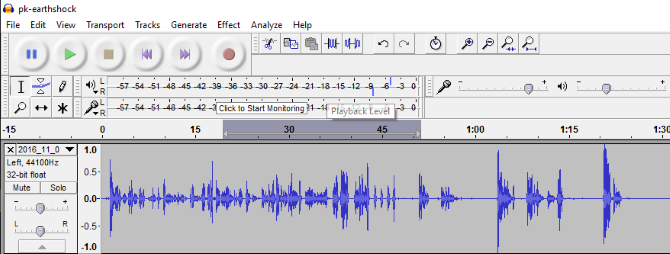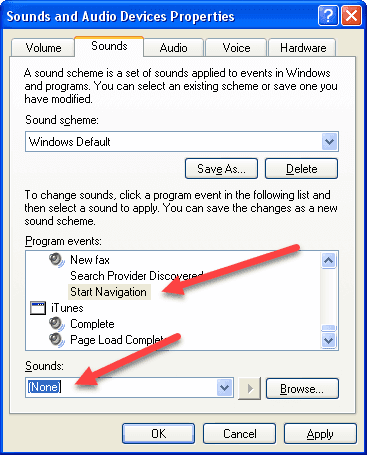How To Remove Clicking Noise From Audio
Feb 5, 2018 - GPU DeClicker is a free program for Microsoft Windows systems to remove 'clicks', 'pops', 'bit rots' and other types of noise from audio files. Find the saliva noises in the recording. Listen for where the saliva spit noises are located in the audio file and make note of where they are. Then highlight/select the first bit of audio containing the offending sound. We’re going to use EQ on as small an area as possible so we can be surgical about this.

Would work great to edit out the noise from the cell phone. It has a filter that you can give it a sample of the noise you want to remove and then you can apply it to the recording to remove (as best as it can) the sound from the recording. You will have to probably try it several times to get it right, and it won't remove it completely, but it should help quite a bit.Audacity also has several other filters and tools to help remove general noise from a recording which should help with the quality as well. Hope that helps.
How To Remove Clicking Noise From Audio To Computer

How To Remove Clicking Noise From Audio System

I record gameplay through Nvidia Shadowplay using a Audio-Technica ATR2500-USB Cardioid Condenser USB Microphone with pop filter, shock mount and foam cap.The audio is very clear but it picks up my Xbox one controller plugged into my PC.I have gone to playback devices and played with the volume of the mic, whether its at 20 or 80, it still picks up the joystick and button sounds. How do other YouTubers, audio savats, and other audio enthusiasts remove that sound from their gameplay?I have toggled the volume in all GUI's that relate to the mic volume, Nvidia control panel, volume control.bottom right of screen) and on the buttons of the mic itself.Any information is appreciated. Dalv is right that you would ideally bring the mic closer to the source you want to record, although that isn't technically what signal-to-noise means.
The bow is basically a machine gun, or the closest thing Skyrim will ever have to one.Fans can kind this impressive Dwarven bow in the Dwemer Ruin of Arkngthamz. Also, because the enchantment is innate, it doesn't need soul gems for fuel. Skyrim se game of thrones followers.
Good mic placement is going to have the most advantageous effects for your situation. Also, that mic has a cardioid polar pattern which means that it picks up in a spherical orientation around the front and a little around the sides and back relative to the condenser element. You'll want to place it such that the unwanted noise is as far behind the mic's screen as possible. If you sit at a desk, keep your hands under it while you play, and make sure that the mic is facing away from your hands. Sometimes side address condensers like that capture quite a bit of signal behind them because the whole back of the element is open, so you could even try a gooseneck isolation shield on your stand set up behind the mic to block unwanted noise.In addition to this, try turning the audio settings of your games all the way up, if not already, so that the game sounds will be more likely to drown out the clicks from the controller when you are not speaking. If this means you have to increase the gain on the mic, then it may just defeat the purpose, because the clicks will get louder, too. But finding the right balance could help a lot.You don't mention if you are editing after recording, but, as that is a USB mic, it'll likely be your only option for adding audio effects (i.e.
You can't plug it in to outboard gear). Simon's suggestion of a noise gate is spot on.
It is a kind of effect that will only allow sounds above a set threshold (volume in dB) through. It ought to be very easy to set the right parameters in your case, as I presume your voice will be many decibels louder than the clicking. Lets say you see the wave file and you can watch your voice averaging at around -5db. You could then set the noise gate effect threshold to -15db and likely eliminate the noise while you are not speaking.
Keep in mind that background noises will be audible while you talk - noise gating is an 'all or nothing' deal. The dead zone of a cardioid is behind it, so put the mic between your hands and your mouth (assuming that it is your mouth you want to record) pointing at your mouth. If you actually want to record the game sound, record that directly without microphone. How to get a direct signal depends on your setup (for example, you can buy cheap devices splitting out analog and S/PDIF sound sources from an HDMI signal).A hypercardioid is nicer to place since its dead zone is not right behind it (180°) but at something like 135°, so the optimal arrangement then has 135° as the angle between your mouth and your hands in respect to the microphone. That gets a lot less in the way.